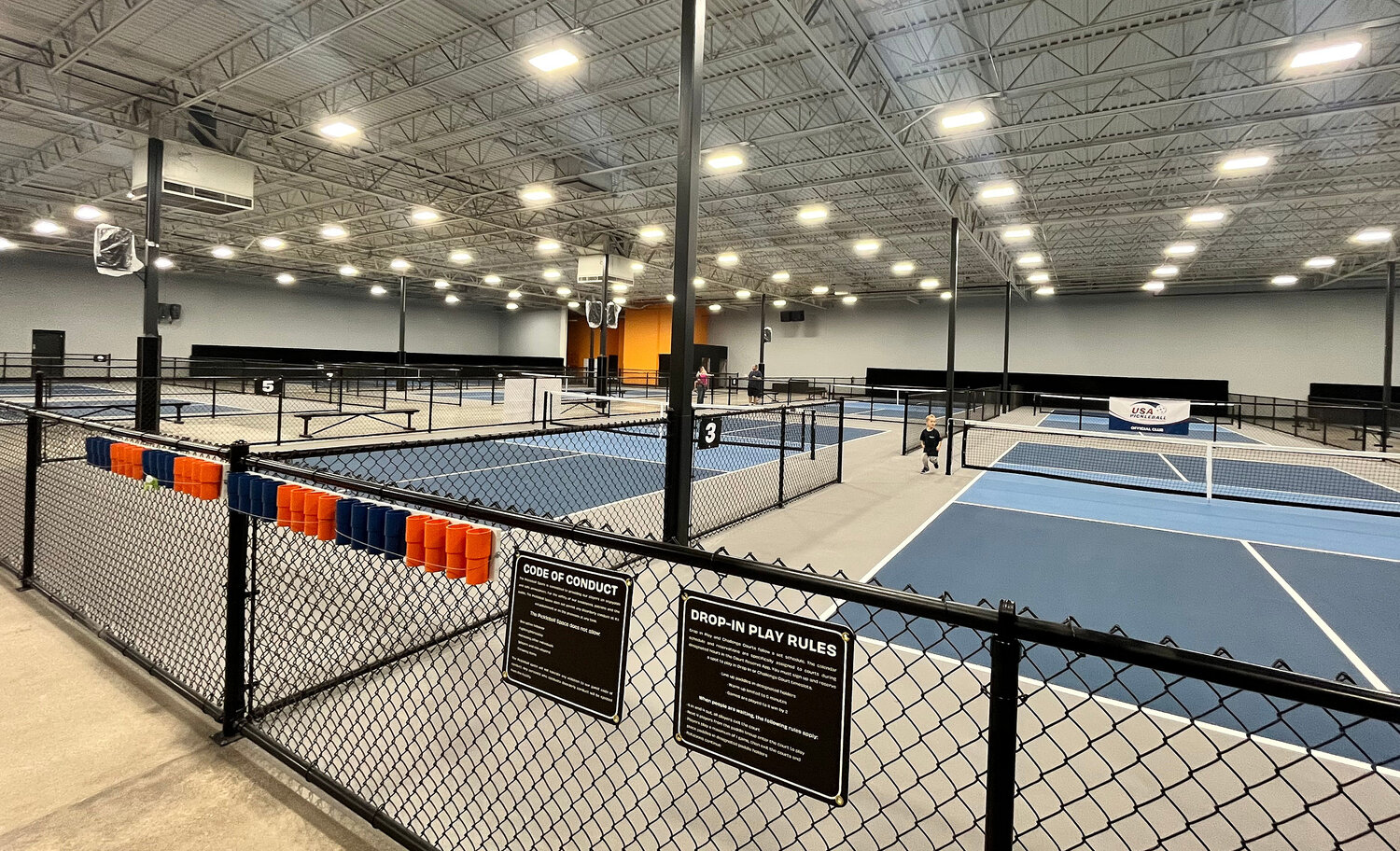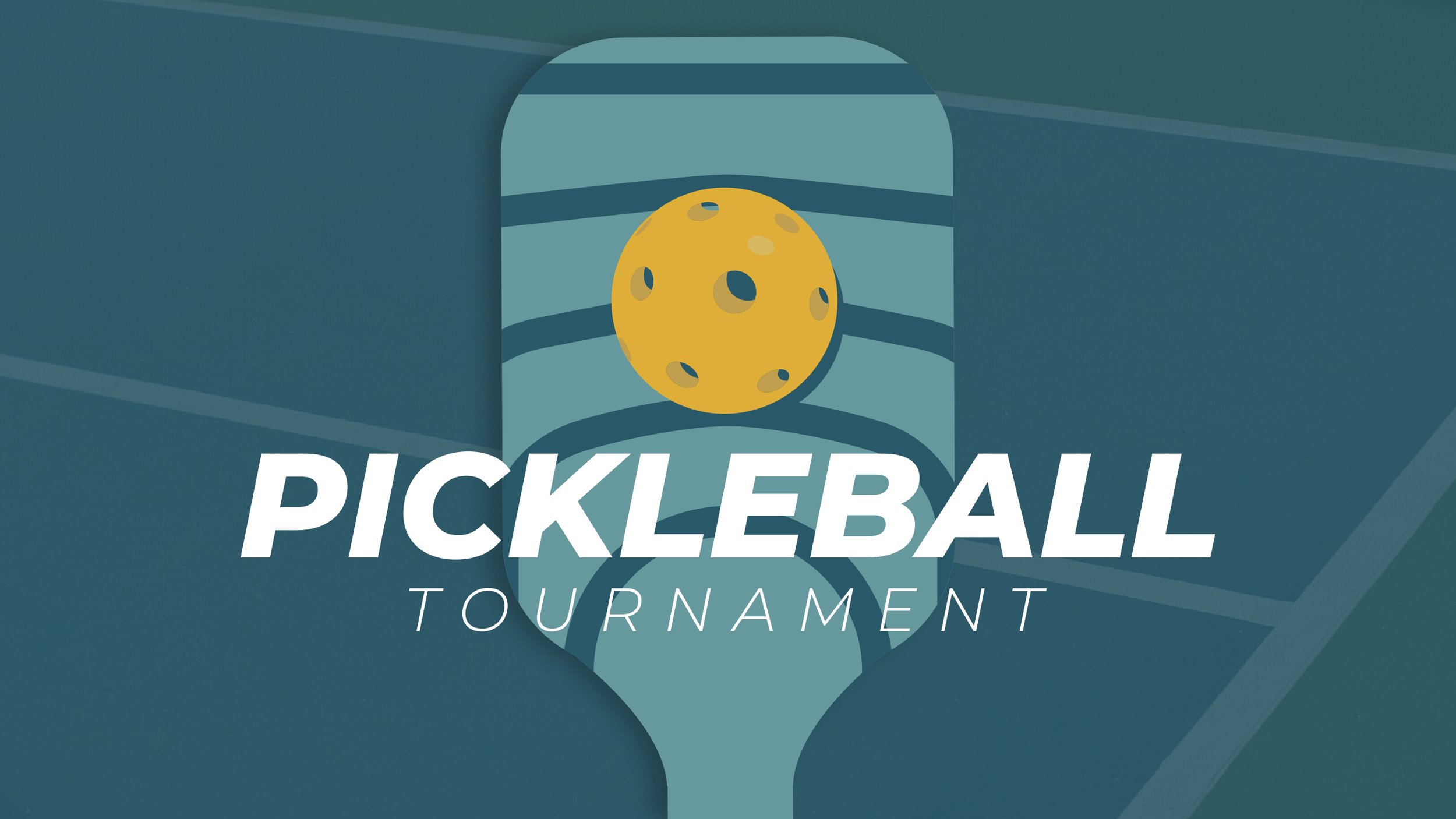Pickleball tournament rules: a comprehensive guide
Pickleball tournaments are exciting events that allow players to showcase their skills and compete against others in a lively atmosphere. As this sport continues to grow in popularity, understanding the specific regulations governing these tournaments becomes increasingly crucial. In competitive play, the pickleball tournament rules ensure that participants have a fair and enjoyable experience by maintaining a level playing field. From the scoring system to the various formats of play, knowing the rules can significantly impact players’ confidence and success on the court. This article provides a comprehensive guide to the rules and regulations that govern pickleball tournaments, equipping players with essential knowledge for navigating the competitive landscape with clarity and ease.

Tournament formats
Pickleball tournaments can generally be categorized into two primary formats: sanctioned and unsanctioned tournaments. Each format has distinct characteristics that define the level of competition and organization.
Sanctioned tournaments are those that have received official approval from recognized bodies such as the USA Pickleball Association (USAPA). These tournaments typically attract a higher level of participation from skilled players and often offer prize money, adding an extra layer of motivation for competitors. Participating in sanctioned tournaments not only allows players to test their skills against some of the best but also enables them to earn a rating on a national or international scale, making the experience more meaningful and rewarding.

On the other hand, unsanctioned tournaments are not regulated by any official governing body. While they still provide a platform for players to compete, the atmosphere in unsanctioned events is generally more relaxed. These tournaments often do not offer prize money though they may present other forms of recognition or trophies and attract players who are primarily looking for social interaction and recreational play rather than high-stakes competition.
This distinction between sanctioned and unsanctioned tournaments can be reflected in the level of organization, the prize structure, and the competitiveness of the events. Players should consider their individual goals and motivations when deciding which type of tournament to participate in, as each offers a unique experience catering to different aspects of pickleball.
Summary of tournament formats
| Tournament Type | Approval Status | Level of Competition | Prize Money Offered |
|---|---|---|---|
| Sanctioned | Yes | High | Yes |
| Unsanctioned | No | Relaxed | No |
Tournament categories
Understanding the various categories in pickleball tournaments is critical for both players and organizers. These categories are primarily based on gender and player classification.

Gender categories
In competitive pickleball, players are typically divided into different gender categories. These can include:
- Male players: Competing in both singles and doubles events.
- Female players: Competing in singles and doubles events as well.
- Mixed doubles: Teams consist of one male and one female player, fostering collaboration and teamwork while showcasing diverse playing styles.
These gender-based categories ensure that competitions are fair and that participants compete against similarly skilled opponents, promoting an inclusive environment for all players.
Player classification
Another essential aspect of tournament organization is player classification, which takes into account both age and skill level. Classification allows for a more tailored competitive experience, as players are grouped into brackets based on their abilities and age.
- Age: Players can be divided into various age groups, such as seniors or juniors allowing younger players to compete against their peers while giving older players a chance to showcase their skills in their age category.
- Skill level: Ratings, which may range from beginner to advanced, can further categorize players. Skilled players will often compete in higher brackets, while those who are just starting out can engage in matches that match their abilities.
- Age/skill bracket combinations: Merging age and skill classifications helps to create an even playing field and ensures that matches remain competitive and enjoyable for all participants.
This categorization maintains the integrity of the competition and emphasizes the importance of sportsmanship.
Pickleball tournament formats
Navigating the different formats of play in pickleball tournaments is essential to understanding how competitions unfold. There are several widely recognized formats, each offering unique structures and challenges.
Single-elimination format
In the single-elimination format, players or teams are eliminated from the competition immediately after a loss, creating a high-stakes atmosphere. While this format can heighten competitive intensity, consolation brackets may be established to allow for additional matches for those who have been eliminated. This way, players still get a chance to showcase their skills even after being knocked out of the primary tournament.
Double-elimination format
The double-elimination format provides a second chance for players or teams after their first loss. This structure typically leads to a more competitive final match, as even players with a prior loss can still advance to the championship round. The two-bracket system allows players to prove themselves in a more resilient competition, making it a popular choice among serious players who thrive in challenging environments.
Round robin format
In a round robin tournament, all players or teams compete against each other, allowing for a diverse range of matches. The winner is determined based on overall performance, with the player or team that secures the most wins emerging victorious. This format not only promotes player interaction but also gives competitors the opportunity to learn from various playing styles and strategies.
Pool play format
The pool play format is similar to round robin but is divided into groups across multiple pools, each containing several players or teams. After competition within their pools, players will compete in elimination rounds based on their performance. This structure allows for a large number of participants while still providing a competitive environment to reach the playoff phase.
Summary of tournament formats
| Format | Description | Advantages |
|---|---|---|
| Single-elimination | Players are eliminated after a loss | High-stakes atmosphere |
| Double-elimination | Players get a second chance after a loss | More opportunities for competition |
| Round robin | All players compete against each other | Diverse match experiences |
| Pool play | Divided into groups, advancing after pool play | Accommodates larger participant numbers |
Understanding these tournament formats will enhance players’ preparedness, as they approach competitions with knowledge and strategies best suited for each scenario.
Pickleball tournament scoring
The scoring system in pickleball tournaments plays a fundamental role in how matches are conducted. A solid understanding of this system can significantly affect a player’s approach to the game.
General scoring system
The conventional scoring format typically awards 11 points to the player or team that first reaches this number, provided they maintain a 2-point lead. This means if the score reaches 10-10, a player must score two consecutive points to win the game. This system creates suspense and encourages players to strategize their plays carefully.
Alternative scoring systems
While the 11-point system is the most common, there are also alternative scoring systems, such as 15 or 21 points with a 1-point lead required to win. Tournaments may choose these alternatives to intensify competition or cater to specific formats. Players should be aware of the scoring system before participating in any tournament to ensure they are fully prepared for the challenges that lie ahead.
Serving court changes
Another aspect of scoring is the change of serving courts based on the score. Typically, players switch sides of the court after a certain number of points have been played. Understanding this change is crucial, as it can influence a player’s strategies and tactics during a match. Mastering these to adapt to different scenarios can greatly support overall performance.
Key pickleball tournament rules
A few vital rules govern gameplay during pickleball tournaments, ensuring fair competition and sportsmanship among all participants.
The serve
The serve is a foundational component in pickleball and comes with precise rules. The serve must be performed as an underhand serve and directed into the diagonal service zone. A proper serving technique is crucial for successfully starting each point; failure to adhere to these rules results in faults that may grant an advantage to the opposing team. Therefore, paying attention to serving rules is vital for setting the tone and pace of the match.
Rotation
Rotation is an essential aspect of gameplay that contributes to fairness and equality among competing players. It ensures that everyone is given equal opportunity to serve, receive, and play in both sides of the court. Common rotation systems involve configurations such as two-up, two-down, which provide a standardized method for ensuring all players participate equally throughout the tournament.
Referee responsibilities
Referees play a pivotal role in maintaining order during pickleball tournaments. Their responsibilities include scorekeeping, enforcing rules, and resolving disputes. A referee has the authority to be removed from a match if they cannot effectively fulfill these duties, which underlines the importance of their position in ensuring a fair playing environment.
Time out
Each team in a pickleball tournament is allotted one time-out per game, lasting up to 60 seconds. Strategically using time-outs can give players the breathing room they need to regroup and recalibrate their focus during intense moments in the match. Knowing when to call a time-out is a skill in itself that can influence the outcome of the game.
Faults
Understanding common faults is critical to avoid penalties. Some frequent faults include:
- Serving into the wrong area
- Hitting the ball out of bounds
- Volleying without allowing the ball to bounce first
Each fault undermines a player’s effort, and understanding these errors can significantly enhance the level of play.
Pickleball court resignations and withdrawals
Players need to know the procedure for withdrawing from a tournament. Timely notifications and adherence to tournament policies regarding late arrivals or disqualifications can prevent forfeits and allow others to compete fairly.
Technical warning rules
Technical warnings are enforced to maintain proper behavior among players. Actions such as unsportsmanlike conduct, abuse of hospitality, or failing to comply with facility guidelines can result in warnings. Being mindful of conduct during tournaments enhances the overall spirit of the game and promotes respect between participants.
Conclusion
Pickleball tournaments offer a fantastic opportunity to test individual skills, challenge oneself, and experience the thrill of competitive play. By understanding the rules and regulations, promoting sportsmanship, and preparing effectively, players can navigate the competitive court with confidence. The exciting fusion of strategy, skill, and camaraderie unfolds when participants embrace the essence of the game and adhere to the tournament’s framework. Ultimately, engaging in pickleball tournaments not only elevates the sporting experience but also offers the chance to forge lasting memories and friendships on the court. So lace up your shoes, gather your paddles, and dive into the world of competitive pickleball you’re in for an exhilarating ride!
